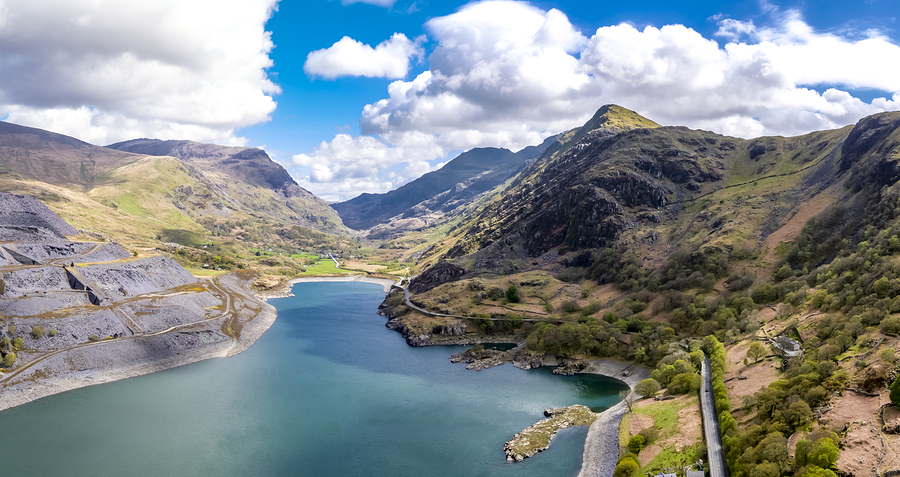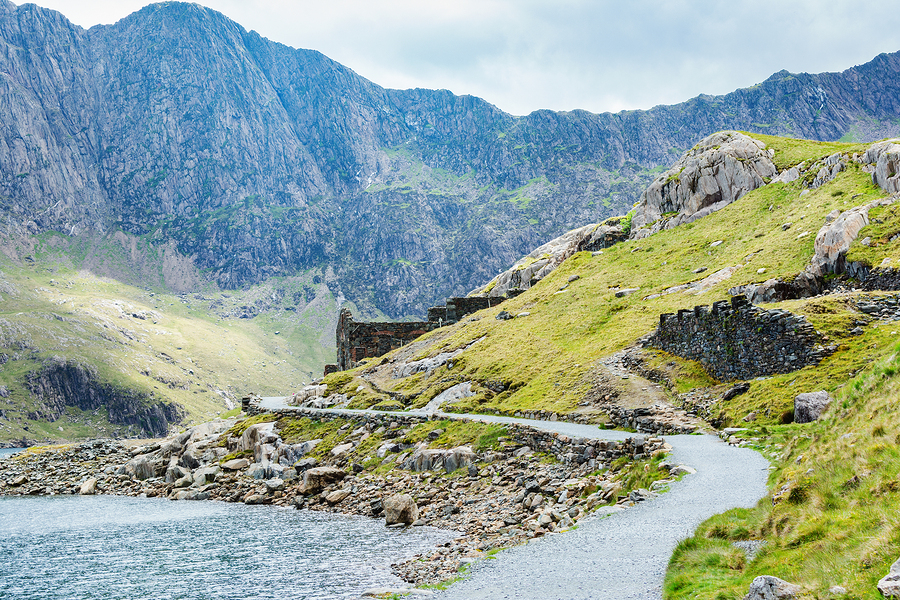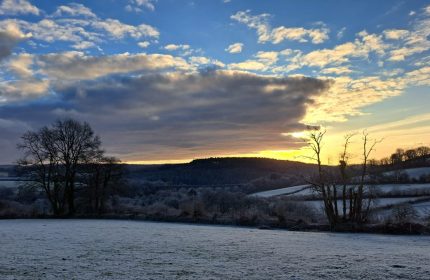A dozen or so things you never knew about Snowdonia
The twelfth in our series of 'I never knew that about the beauty spots of Britain'
Britain is the most beautiful country in the world when the sun shines. And even when it doesn’t there are myriad tales and facts galore to enhance the beauty, whatever the weather. Here are some of them – they may make you want to go there….
A dozen or so things you never knew about Snowdonia (maybe)
Snowdonia is a region of North Wales centred on the Snowdonia National Park, established in 1951 as the first of Wales’s three national parks, the others being the Pembrokeshire Coasrt and the Brecon Beacons. At the heart of the national park, which covers 823 square miles, lies Mt Snowdon, at 3,560 feet high the highest mountain in Britain outside the Highlands of Scotland. There are fifteen ‘Munros” (mountains over 3000 feet high) within the national park.
-
- The Snowdon Mountain Railway that climbs to the summit of Snowdon was built in 1896 and is the only rack and pinion railway in Britain.
- Tryfan (‘Three Rocks’), a jagged 3010-foot-high mountain in the Ogwen valley north east of Mt Snowdon, was used as a training ground by Sir Edmund Hillary and his team prior to the expedition that saw Hillary become the first man to conquer Mt Everest, in 1953.
- Penrhyn Quarry, near Bethesda, north of Snowdon, was until recently the largest working slate quarry in the world. From 1900 to 1903 the mine was the scene of the Penrhyn Lockout, the longest industrial dispute in British history, when the quarrymen went out on strike in protest at working conditions and were refused re-admission by the mine’s owner, the 2nd Baron Penrhyn. The quarry is now home to Velocity 2, the fastest zip wire in the world, which reaches speeds of over 100 mph. At just under one mile in length it is the longest zip wire in Europe.

Aerial view of the Snowdonia National Park close to the historic Dolbadarn Castle in Llanberis, Snowdonia – Wales
-
- Bala Lake, south east of Snowdon, is the largest natural lake in Wales and home of the gwyniad, a reclusive freshwater whitefish found nowhere else in the world.
- Dinas Oleu, four-and-a-half acres of gorse covered hillside outside Barmouth, on the coast south west of Snowdon, was the first possession ever given to the National Trust. It was donated in 1895 by a wealthy resident Mrs Fanny Talbot. Barmouth is now the starting line for the annual Three Peaks Race, during which competitors race to climb the three highest peaks in England, Wales and Scotland, Scafell Pike, Mount Snowdon and Ben Nevis.
- Clustering about the northern fringes of the national park are four of the mightiest castles in the world, Harlech, Caernarfon, Beaumaris and Conwy, all built in the 13th century by Edward I to subjugate the Welsh. Together they make up a UNESCO World Heritage Site.
- Harlech Castle was the last castle in Wales to surrender to Oliver Cromwell.
- The banded walls of Caernarfon Castle, largest of the four castles, were built to resemble the walls of Constantinople, symbolising Edward I’s self-proclaimed descent from the Emperors of Rome. Here, in 1284, Edward invested his son, the future Edward II, as the first Prince of Wales, a ceremony last performed in 1969 for Prince Charles, son of Elizabeth II.
- Beaumaris Castle is the most technically and architecturally perfect example of a concentric castle in Europe.
- Conwy Castle sits at the heart of the most complete medieval walled town in Britain.

Ffestiniog Steam Railway passing by in Snowdonia National Park, Wales
-
- The Ffestiniog Railway, founded in 1832 to transport slate from the mines around Blaenau Ffestiniog to Porthmadog on the coast, is the oldest independent railway company in the world. In 1863 it became the first narrow gauge railway in the world to carry passengers. Prince, one of the original steam engines built for the railway in 1863, is still operating and is now the oldest steam locomotive working in regular service anywhere in the world.
See part three – The Peak District
See part six – the Cumbrian Coast
See part seven – Aberdeenshire
See part ten – The Yorkshire Dales
Find out more about Christopher Winn’s ‘I Never Knew That’ here
Latest posts by Christopher Winn (see all)
- A dozen or so things you never knew about Loch Lomond and Dunbartonshire - October 20, 2021
- A dozen or so things you never knew about Bedfordshire - May 18, 2021
- A dozen or so things you never knew about Berwickshire - March 18, 2021
- A dozen or so things you never knew about The Surrey Hills - January 26, 2021
- A dozen or so things you never knew about historic Monmouthshire - February 10, 2020




















